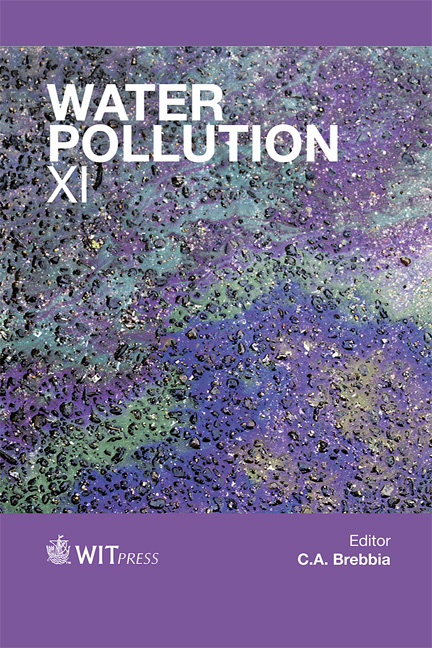Hydrochemical Evaluation Of Bottled Mineral Waters And Spring At Corumbataí City, São Paulo State, Brazil
Price
Free (open access)
Transaction
Volume
164
Pages
12
Page Range
15 - 26
Published
2012
Size
555 kb
Paper DOI
10.2495/WP120021
Copyright
WIT Press
Author(s)
D. M. Bonotto & B.W. Tessari
Abstract
This investigation was carried out within São Paulo State, Brazil, and involved the sampling of well-known mineral bottled waters for performing a comparative hydrochemical study and of a spring occurring at Corumbataí city, in order to evaluate its suitability for bottling. Several methods were utilized for acquiring the hydrochemical data like the methyl orange end-point titration, potentiometry, ion selective electrode, colorimetry, flame photometry and inductively-coupled plasma spectrometry. The results obtained for the analyzed samples were compared with the guideline values established by the National Commission of Rules and Standards for Food of the Brazilian Health Ministry published in 1976. The Brazilian Code for Mineral Waters that was established by Register 7841 published on 8 August 1945 was also taken into account for verifying if the spring waters are mineralized. The hydrochemical data allowed identify some constituents impoverishing the water quality, thus, implying on its nonutilization for commercial purposes (bottling). In one specific case, the spring water only can become appropriate for human consumption after previous chemical treatment. Keywords: drinking water quality, spring waters, hydrochemistry, mineral waters, bottling, contamination. 1 Introduction In many countries, spring waters have been extensively used for consumption purposes as an option to tap water, as many people believe they are healthy and/or can be utilized for health cures. Additionally, economic reasons have also
Keywords
drinking water quality, spring waters, hydrochemistry, mineral waters, bottling, contamination





